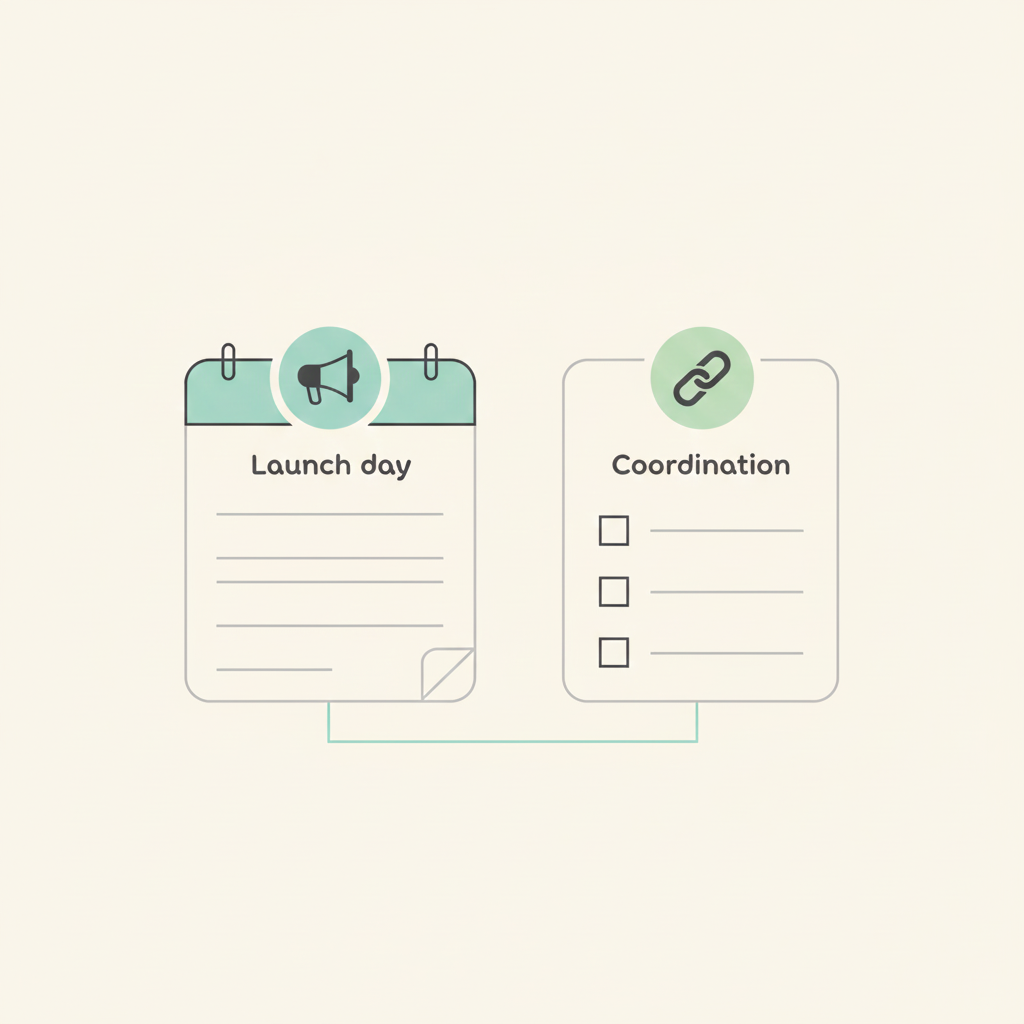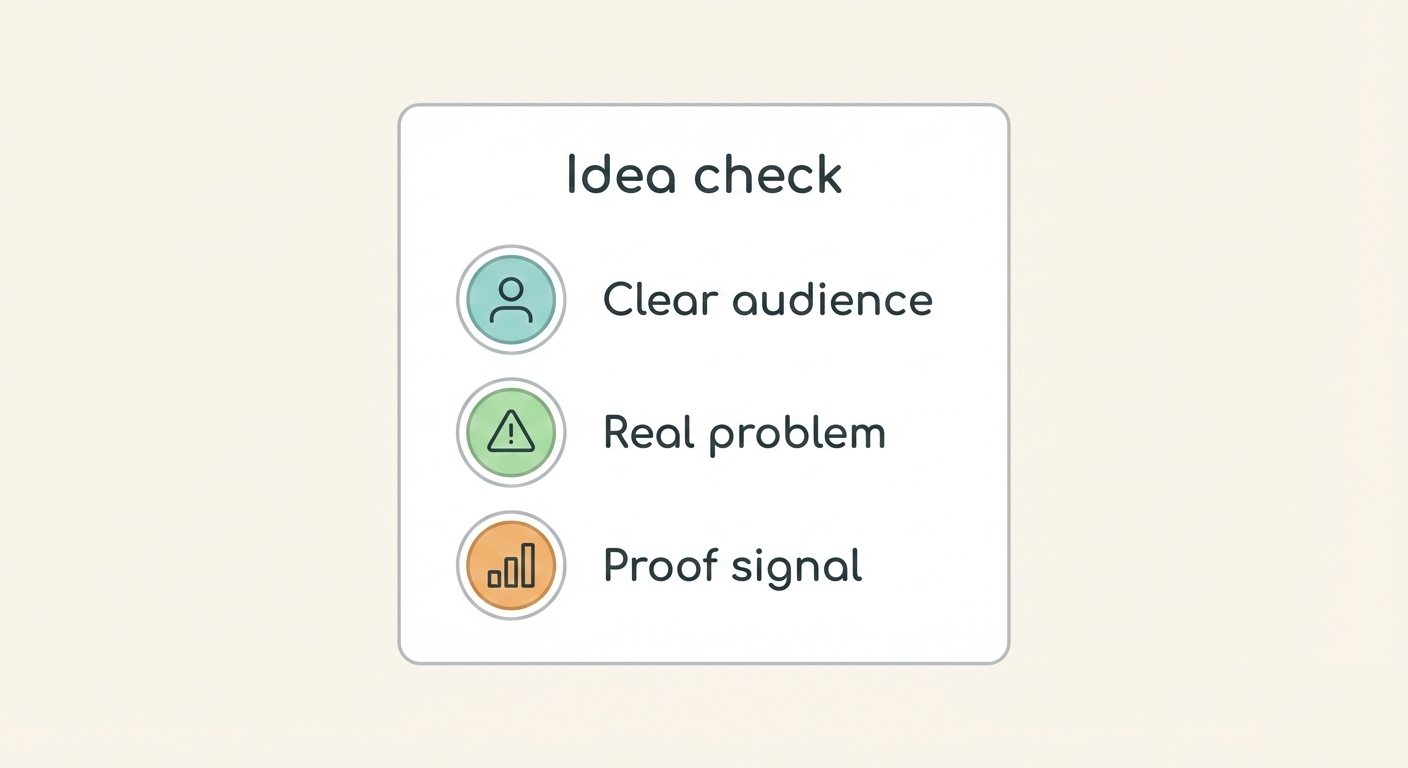How the simplicity of Breeze supports agile

Agile in software and NPD
When we talk about agile there is a really strong emphasis on the software industry. Right the way through from a small bootstrapped startup to a world beating multinational software corporation, agile was born in the field of software development. It also lends itself to other technical undertakings, especially those that develop products.
Whether it’s a physical device or software, you have to deliver the underlying functional part along with the UI and the skin or the case or outer layer that physically contains the device.
But where else can agile be used?
The answer to this is wrapped up in the core problem that agile addresses. Essentially, agile is a vehicle that helps us move forward with our projects when we are faced with uncertainty.
In this sense uncertainty can be read as meaning the potential for change is high. There’s lots of analogies that capture the idea that things are likely to change or be difficult to pin down. One really popular one is ‘like shooting at moving goal posts’. The other is a pretty ridiculous concept but it captures it really well - ‘like nailing jelly to the wall’.
Advocates of agile (like us!) believe you can apply it to virtually any project situation. This is because we use it in our businesses for everything else as well as software development. This is perfectly in step with agile, because it’s not rigid to start with.
For instance, in Traditional Project Management (TPM), the waterfall style sets the objective in stone at the beginning; that can be a recipe for failure because mission creep is an inevitability in today’s world.
Sales, marketing, finance, strategy – practically any area of business practice you care to name – they are all subject to a degree of uncertainty.
Some examples from an agile advocate
It is this supreme flexibility of agile that enables it to be used by teams other than software. You don’t have to rigidly stick with using every element of agile you use the ones that lend themselves to the project or area of practice and ditch the ones that are not relevant. Allan Kelly a UK consultant and agile advocate has cited examples including:
- A legal team (in travel publishing) - adopted agile after seeing technology teams using it. The team used a whiteboard with task cards, stand-up meetings, weekly iterations, and prioritization. They even estimated their work, measured flow, and held retrospectives.
- A college - used Scrum to deliver a foundation degree in computer science. Again, the team used a board with cards, worked in timeboxes to meet deadlines, and created a product backlog with a burn-down chart. They also held stand-up meetings, but these were only weekly, so there was room for improvement.
- C level - At the highest level for large scale businesses, Shamrock Foods Co. flourished as a result of used agile. The senior management team adopted quarterly offsite meetings. The regional managers from around the US would fly in and the team would evaluate progress and execution, review and adjust strategy, then prioritize and decide on the next actions. At the end of the week the regional managers would return to their bases and follow through on the agreed tasks. The senior managers operated three-month iterations with weeklong planning meetings.
- Miscellaneous - Through the Agile on the Beach conferences Allan Kelly has also seen and heard of customer service teams, a public relations agency, and a florist using agile.
Past, present and future
Alongside building the pyramids of Giza something less than 5,000 years ago, it’s now some 50 years since the Apollo moon landings. These are often cited as two of the greatest feats of project management. Agile methodologies may not have been used, at least not in the way we describe them today!
However, for one upcoming undertaking of significance for human achievement, there’s one question worth asking: Is Space-X under the guidance of Elon Musk (a software, automotive and space entrepreneur) using agile to help realize the goal of heading to Mars in 2022?
Putting agile to work in your business with Breeze
But we don’t all have to be so ambitious! If you want to start putting agile to work in your business, Breeze is a great choice. Starting with simple boards, Breeze is built from the ground up to be used by everyone, from marketers, accountants, designers, strategists, HR, you name it, And, oh, don’t forget software developers!
Breeze is intuitive, easy to use, minimalistic and made for people, not for machines. You can use Breeze to get going with just about any iteration of agile you want. Scrum, Lean, Kanban and Six Sigma all come under the umbrella of agile. Breeze simple boards adapt to whatever methodology you prefer.
This is because Breeze hides away the complexities of project management and agile. It doesn’t snarl you up in the formal process of practicing your preferred method, it lets you get on with your projects however you want to do them. We use simple and everyday terminology like tasks, lists, to-dos, and comments.
There are no complex configuration screens, you don't need a separate person to manage your Breeze account. Just enough features and minimalistic design.








